Responding to VTC News on the morning of June 13, Mr. Khuong The Anh, Director of Son La Hydropower Plant, said that there was light rain last night and this morning in the Da River basin. Currently, the flow to the lake is 320 m3/s, the water level on Son La Hydropower Lake is 176.76m.
“However, because the water level is still close to the dead water level of 176/175m, the Son La hydropower plant has stopped generating electricity. We hope that it will continue to rain in the next few days to increase the water flow to the lake,” said Mr. The Anh.
Also informing VTC News , Mr. Tran Xuan Thuy - Deputy Head of Labor Administration Department, Hoa Binh Hydropower Plant - said that although it has rained in recent days, the amount of water flowing in is not much, the water flow reached 103m, while the minimum water level is 81.9m, so the power generation capacity is still low.
“We are continuing to monitor the amount of water flowing in and have regular reports sent to EVN Group to have a suitable electricity production plan,” said Mr. Thuy.
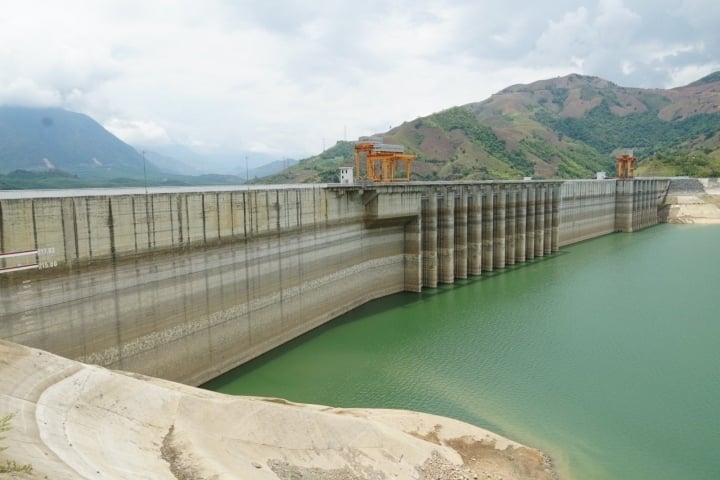
Son La Hydropower Plant - the largest hydropower plant in Southeast Asia with a total capacity of 2,400 MW - is facing an unprecedented drought. (Photo: EVN)
Meanwhile, according to the report of the Department of Industrial Safety Techniques and Environment (DAST), the water flow to lakes across the country today increased slightly compared to yesterday. Lakes in the Northern, North Central and Southeast regions have low water levels, approximately at the dead water level. The total water flow to large hydroelectric reservoirs in the North increased by 28% compared to June 11.
In the South Central Coast and Central Highlands regions, water levels in lakes fluctuated slightly compared to yesterday, within the minimum range prescribed by operating procedures.
The amount of water flowing into the reservoir is mainly for water regulation, ensuring minimum flow, so power plants generate electricity at a moderate level with low water column and capacity to ensure safety for the generator during operation, and it is difficult to meet the electricity generation requirements according to the reservoir operation process at this time.
It is forecasted that in the next 24 hours, the water flow to the lakes will continue to increase slightly, the situation is still difficult even though the dead water level has passed. The total capacity that cannot be mobilized from the lakes of Son La, Lai Chau , Ban Chat, Huoi Quang, Tuyen Quang, Thac Ba, Hua Na, Ban Ve... is nearly 5,000 MW.
According to the Director of the Electricity Regulatory Authority Tran Viet Hoa, up to this point, the total largest source capacity in the North has reached 18,580 MW, of which the largest capacity of hydropower is 3,800 MW.
Regarding thermal power, on June 12, 5 coal-fired thermal power plants in the Northern region had reduced capacity (Hai Phong, Quang Ninh, Mong Duong 1, Cam Pha, Thai Binh 2, Son Dong), total long-term incidents were 2,100 MW, total short-term incidents were 580 MW.
Regarding hydropower, recently due to the limited mobilization of large multi-purpose hydropower plants (except Hoa Binh Hydropower Plant) to prepare for the upcoming hot days, the water levels of multi-purpose hydropower reservoirs have all been above the dead water level, but not by much. For example, the water level of Lai Chau Hydropower Reservoir increased by 1.2m compared to June 11, 2023, Hoa Binh Reservoir is still 22.8m from the dead water level.
Previously, according to information from the National Power System Dispatch Center (AO), on June 12, 2023, the total output mobilized from hydropower was about 138.3 million kWh (Northern region was 52.8 million kWh); Coal-fired thermal power mobilized the highest amount of 469.2 million kWh (Northern region was 288 million kWh); Gas turbines mobilized 87.1 million kWh; renewable energy electricity was over 85.6 million kWh.
Experts recommend that although the hydrological situation is more favorable, the heat wave will continue to be complicated, the demand for electricity is high, so hydropower plants need to operate flexibly and increase water storage in hydropower reservoirs. Meanwhile, people and businesses need to raise their sense of responsibility and promote electricity saving programs to avoid pressure on the national power system, especially in the North.
PHAM DUY
Useful
Emotion
Creative
Unique
Source



![[Photo] Prime Minister Pham Minh Chinh and United Nations Secretary-General Antonio Guterres attend the Press Conference of the Hanoi Convention Signing Ceremony](https://vphoto.vietnam.vn/thumb/1200x675/vietnam/resource/IMAGE/2025/10/25/1761391413866_conguoctt-jpg.webp)


![[Photo] National Assembly Chairman Tran Thanh Man receives United Nations Secretary-General Antonio Guterres](https://vphoto.vietnam.vn/thumb/1200x675/vietnam/resource/IMAGE/2025/10/25/1761390815792_ctqh-jpg.webp)
![[Photo] Prime Minister Pham Minh Chinh receives United Nations Secretary-General Antonio Guterres](https://vphoto.vietnam.vn/thumb/1200x675/vietnam/resource/IMAGE/2025/10/25/1761390212729_dsc-1484-jpg.webp)
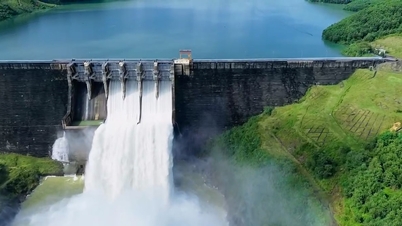








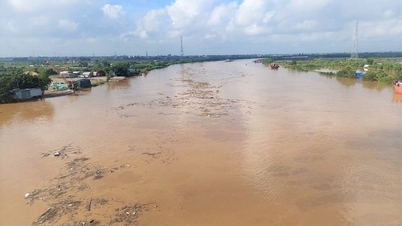






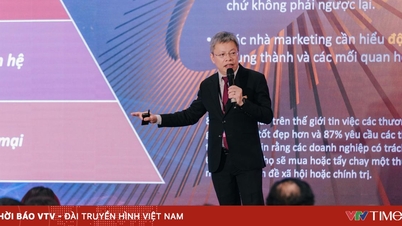













![[Photo] General Secretary To Lam meets with General Secretary and President of Laos Thongloun Sisoulith](https://vphoto.vietnam.vn/thumb/1200x675/vietnam/resource/IMAGE/2025/10/25/1761380913135_a1-bnd-4751-1374-7632-jpg.webp)









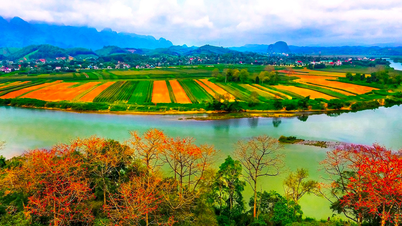













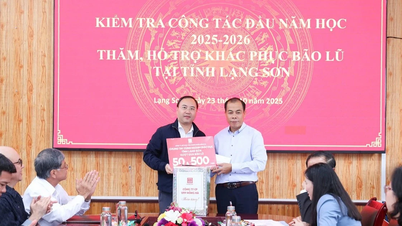




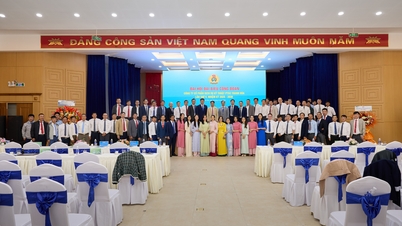

















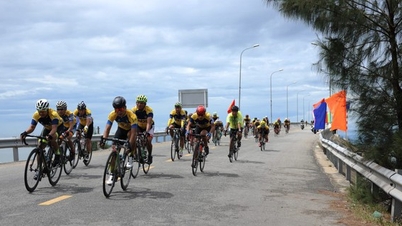

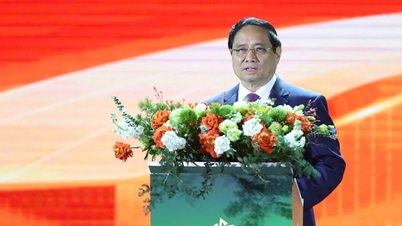
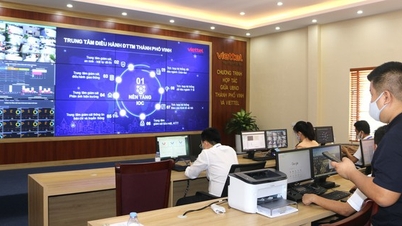





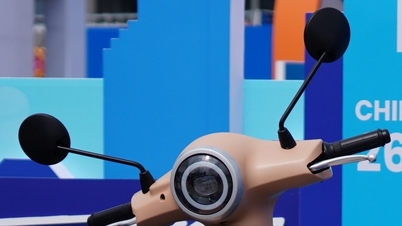
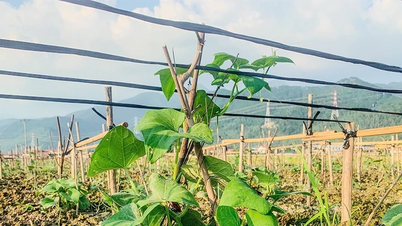

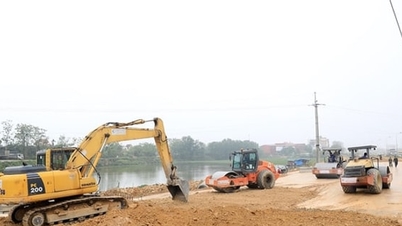
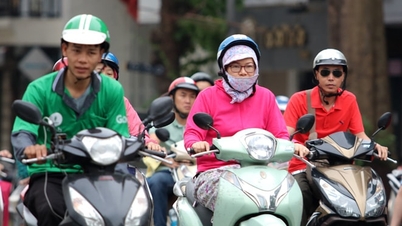











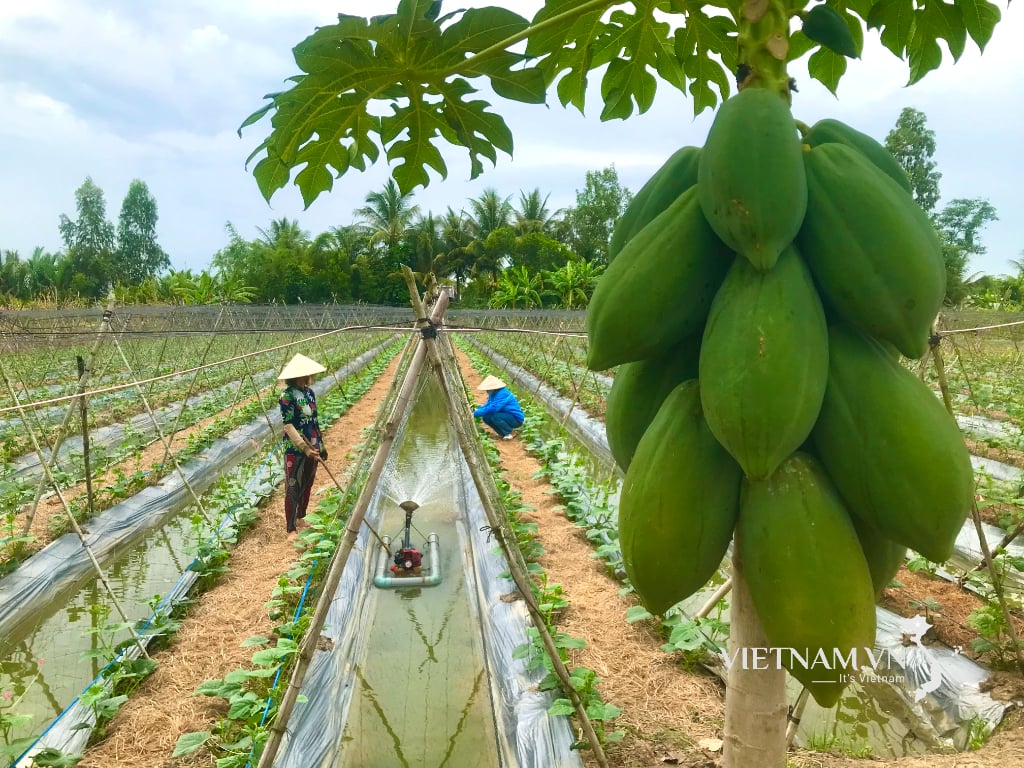



Comment (0)